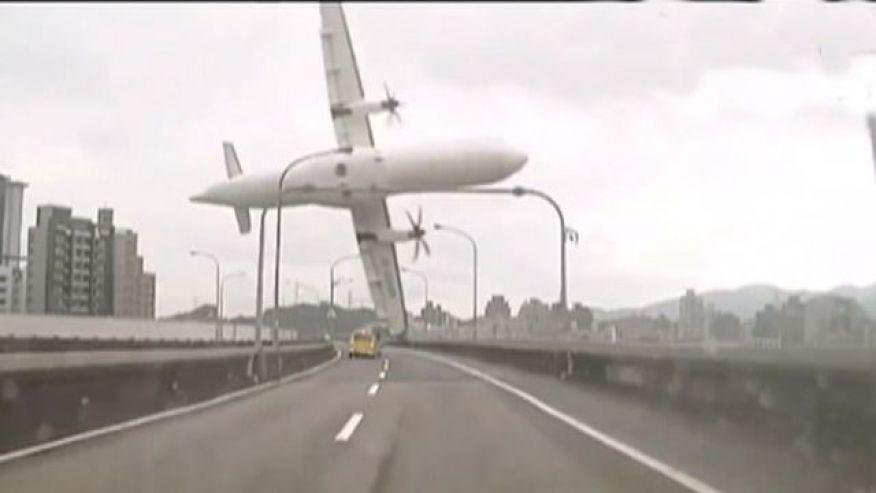FloridaPilot
Pattern Altitude
http://www.msn.com/en-us/news/world...to-river-after-take-off-killing-23/ar-AA8Xolx
After reading the article I didn't know if one or two engines flamed out. If there is anymore info please post. My apologies if its a repost!
After reading the article I didn't know if one or two engines flamed out. If there is anymore info please post. My apologies if its a repost!


